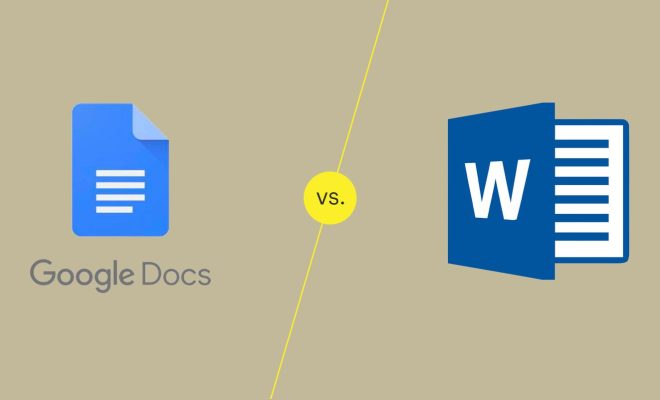What is Windows Workflow Foundation (WF)?

Windows Workflow Foundation (WF) is a technology platform introduced by Microsoft, which provides a programming model, engine, and tools for building workflow-based software applications. A workflow is the sequence of steps and tasks performed in a business process, such as document approval, leave approval, or order processing. With the help of WF, developers can create workflows in code or visually using a drag-and-drop interface.
WF introduces a set of activities that encapsulate the workflow tasks, such as sending an email, updating a record in a database, or making a decision based on some conditions. Developers can integrate these activities to create a workflow that represents the specific business process. WF also supports state management, error handling, and concurrency control, which automates the flow of work and eliminates manual interventions.
WF is a part of the .NET Framework, which means it can be used with any .NET programming language, such as C#, VB.NET, and F#. It integrates with other Microsoft products, such as SharePoint, BizTalk, and Dynamics CRM, to enable advanced workflow capabilities.
WF provides a flexible and scalable architecture, which allows businesses to adapt their workflows to changing business requirements. It also supports access to external services and data sources through web services or custom code activities, which enables integration with other systems and applications. WF supports both sequential and state machine workflows, which provides flexibility in designing the workflows according to the business needs.
WF uses an XML-based markup language called XAML (Extensible Application Markup Language) to define the workflow structure and activities, which makes it easy to understand and modify the workflows. WF also provides a set of tools in Visual Studio, such as the Workflow Designer, which enables visual workflow design, debugging, and testing.






